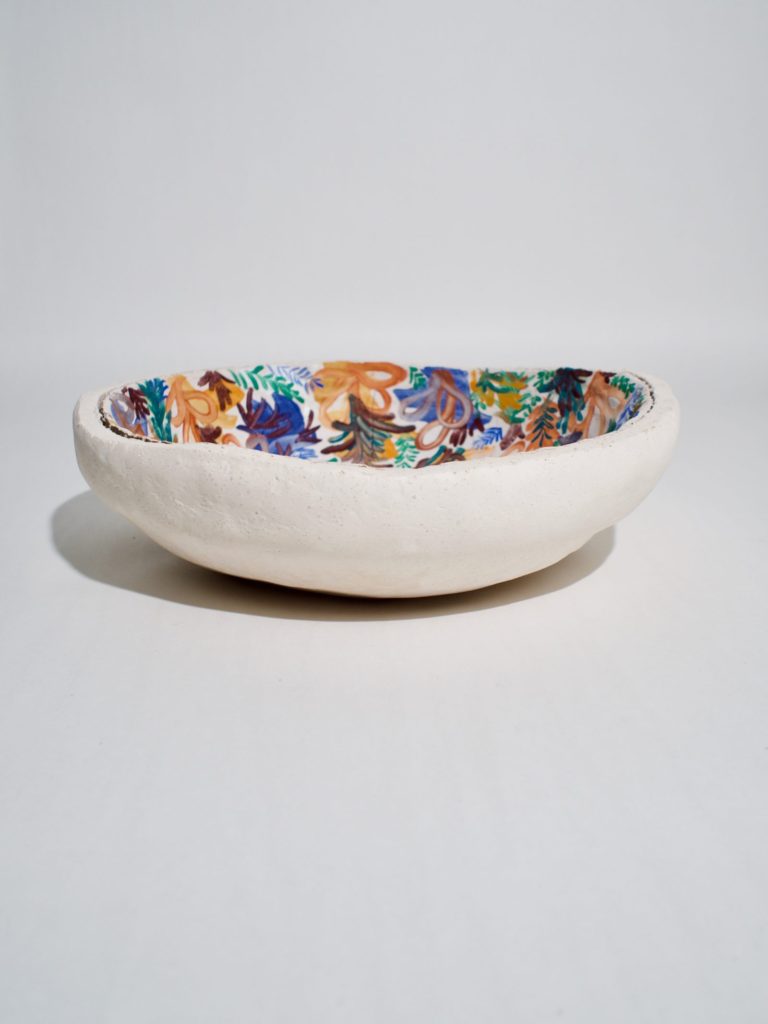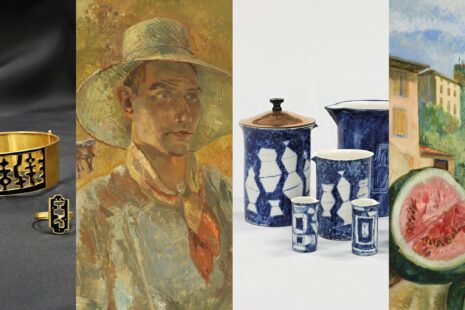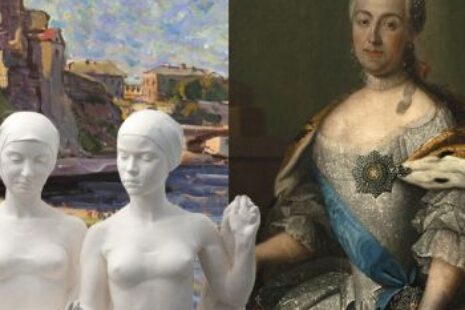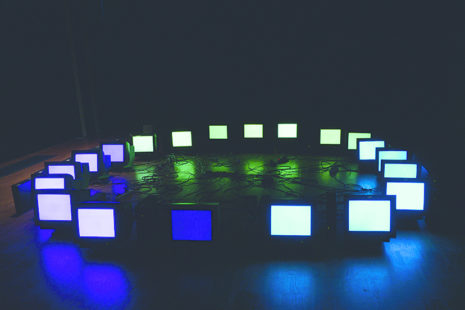The pigment slurry is brushed onto the moist surface of the grey mass consisting of sand and slaked white lime putty. The object is stored in restricted airspace for weeks to make the pigment adhere tightly to the base as a result of a chemical reaction. With time, the grey turns white as loose materials form layers of sediment; a physical mass mixed and muddied tightly together. Eternal is the first word that pops to mind when looking at the frescos.
Creating a fresco is hard work. Realising even small pieces – without assistants – is physically demanding. The work must be completed in one day, in a matter of hours, in other words. Making the moist lime plaster by hand takes some time, and the freshness and receptiveness of the finished base only lasts for a brief moment, until the pigment slurry no longer permeates the surface and starts sliding off it. The Italian word giornata describes the area which can be painted at a time – a day’s work. The difficulty, time and material states play key parts in making frescos. They do not subscribe to mundane, human conceptions, because as far as materials go, the fresco is more than the sum of the hours worked on it. Sand – the material that represents time in an hour glass – is a result of numerous events. Lime originates in organic remnants dating back millions of years, masses sedimenting in sea water. The handcraft of a single person becomes insignificant in comparison.
A mortarium is a bowl used for crushing and grinding. In addition to referring to a tool, it also alludes to the material generated by grinding. The English word for mortar, as in building mortar and the mortar tool, has been derived from mortarium. In short, Mortarium refers to both the tool in which the matter is crushed, and the finely ground matter itself, once again serving as a building material.
The installation by Enni Suominen centres around small fresco paintings. In addition to the installation, the exhibition features a piece of writing read aloud by the artist. It can be heard at random times when the artist is present.
Enni Suominen (born 1982) is finishing up her Master of Fine Arts degree in the sculpture department at the Academy of Fine Arts of Uniarts Helsinki. She completed her visual artist qualification in 2012 at the Free Art School. She has also completed studies in the field of textiles. For more than four years, she has had an earworm, Skeeter Davis’s The End of the World, which she has used to work through the questions on her mind as well as environmental anxiety. Artistic work is a form of research for her, through which she examines the chains created by matter, history related to raw materials and human status among all the matter.
She has received support from Arts Promotion Centre Finland.
Gallery name: Helsinki Art Museum HAM
Address: Eteläinen Rautatiekatu 8, Helsinki
Opening hours: Tue-Sun 11:00 - 19:00
Open: 02.06.2020 - 09.08.2020







